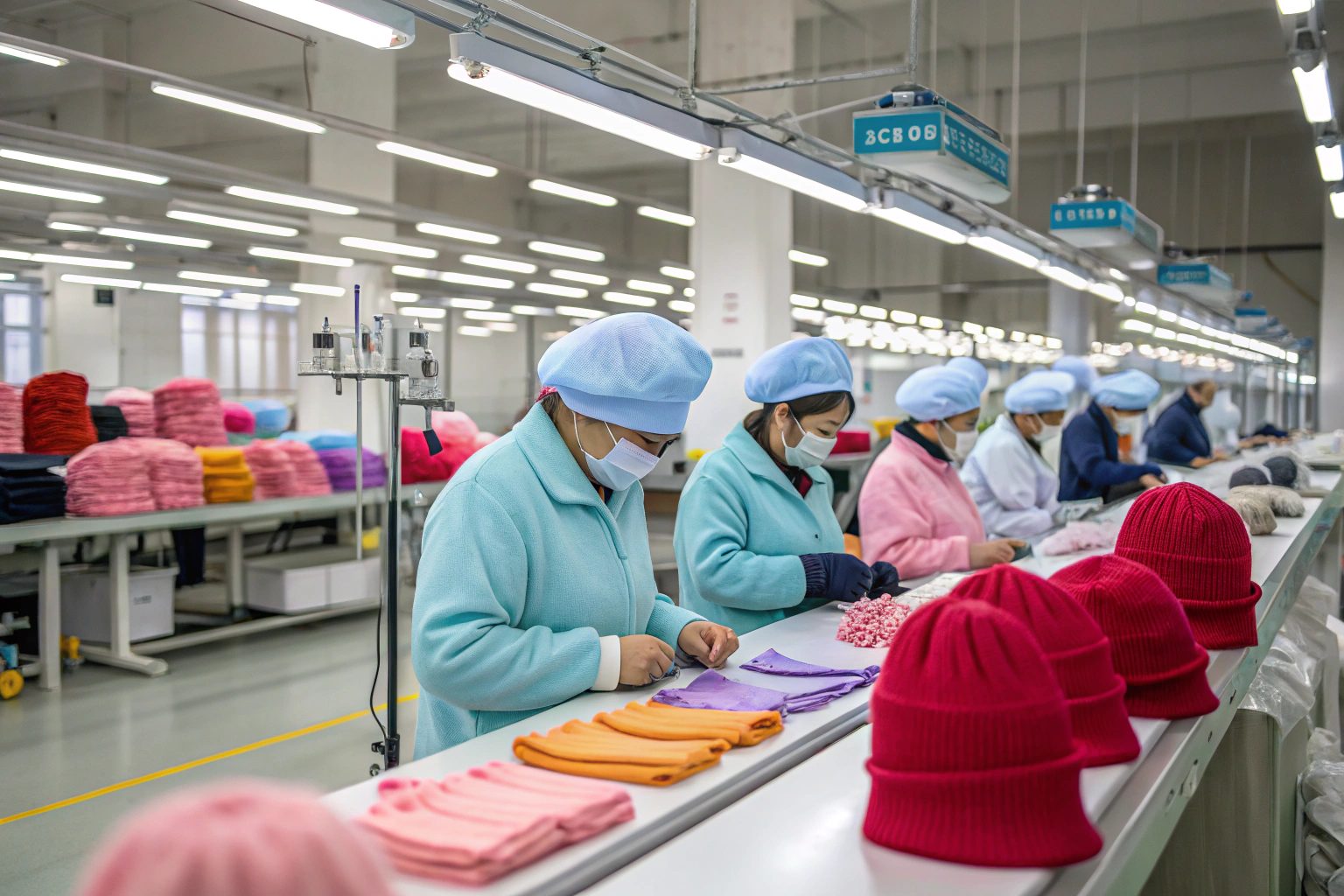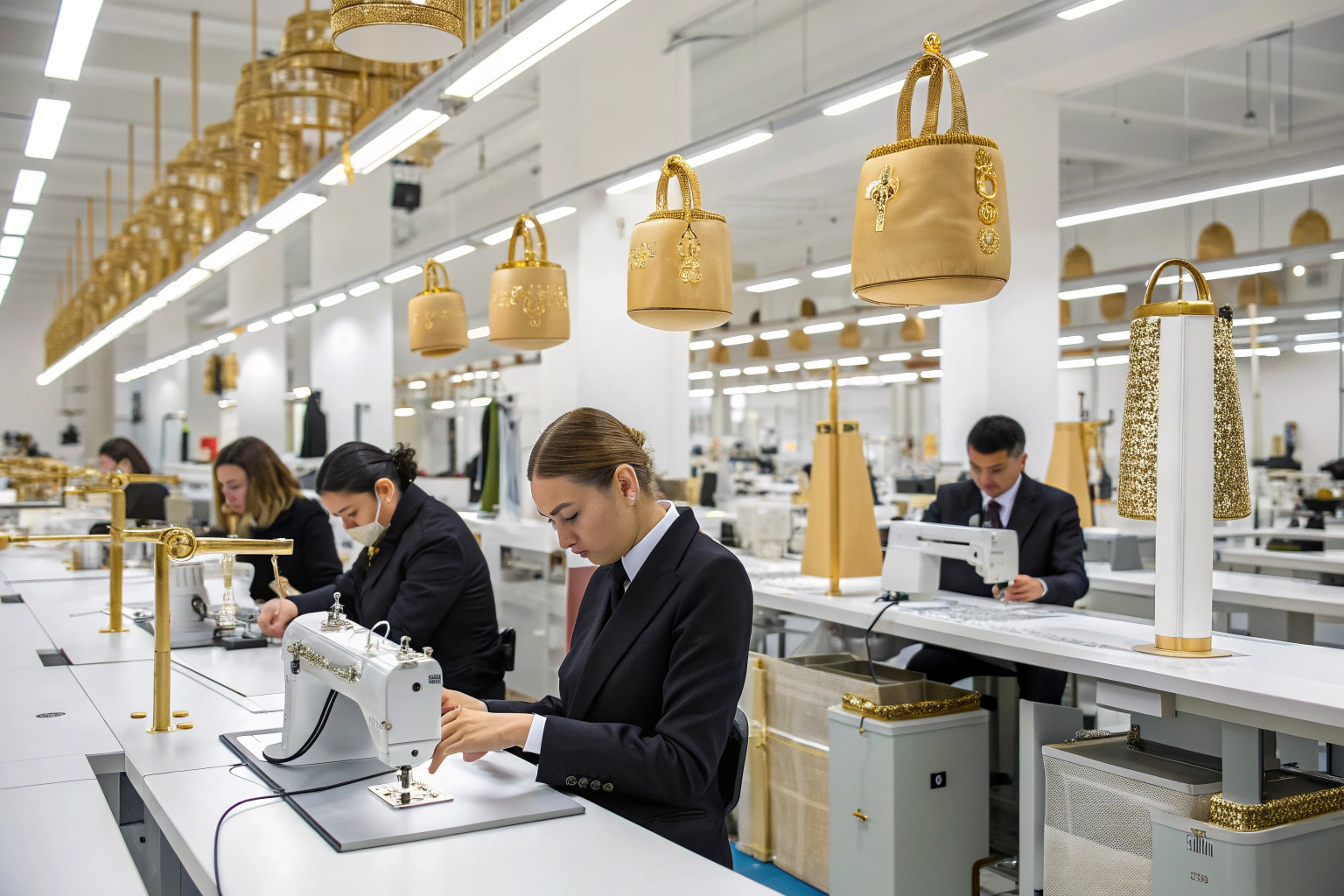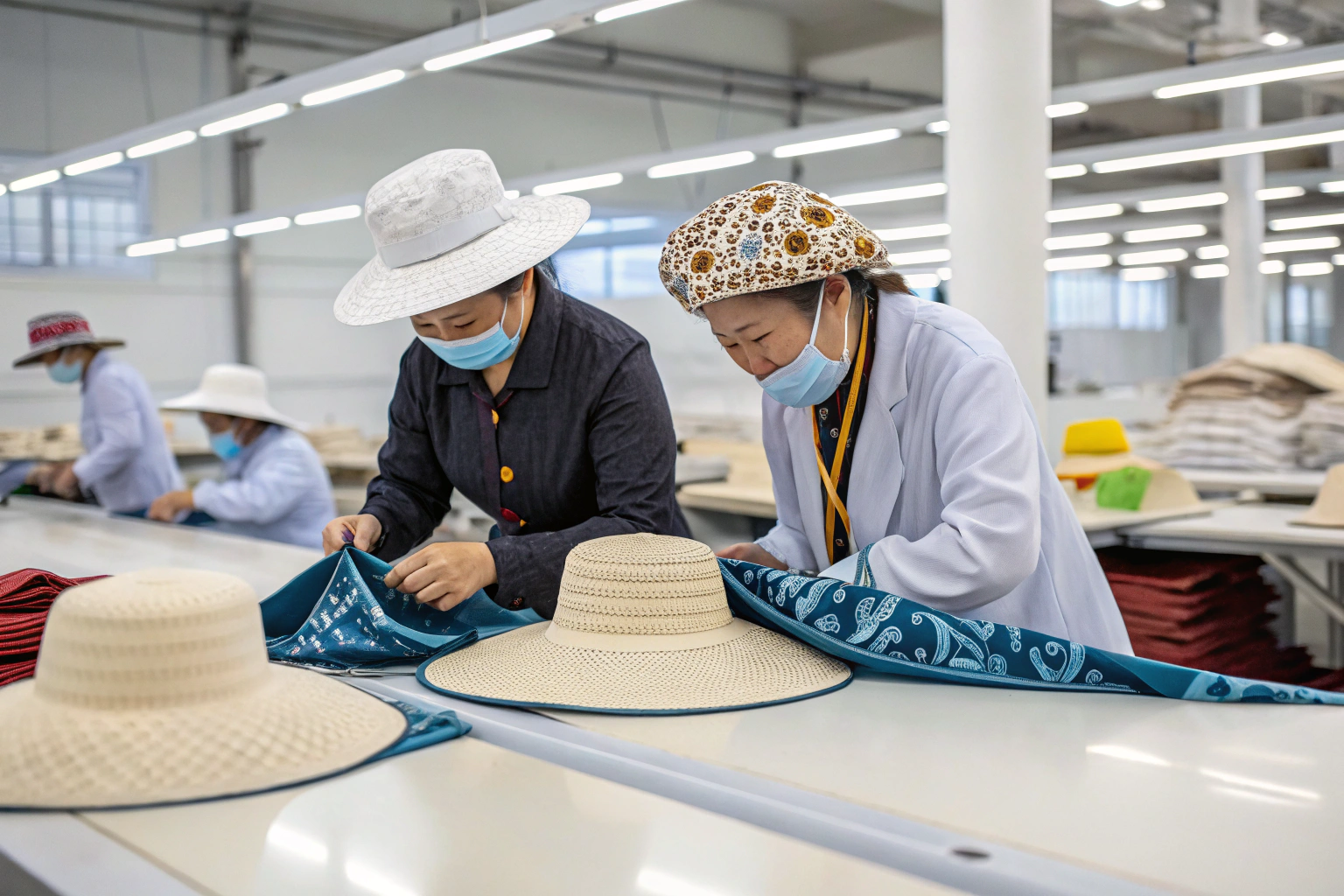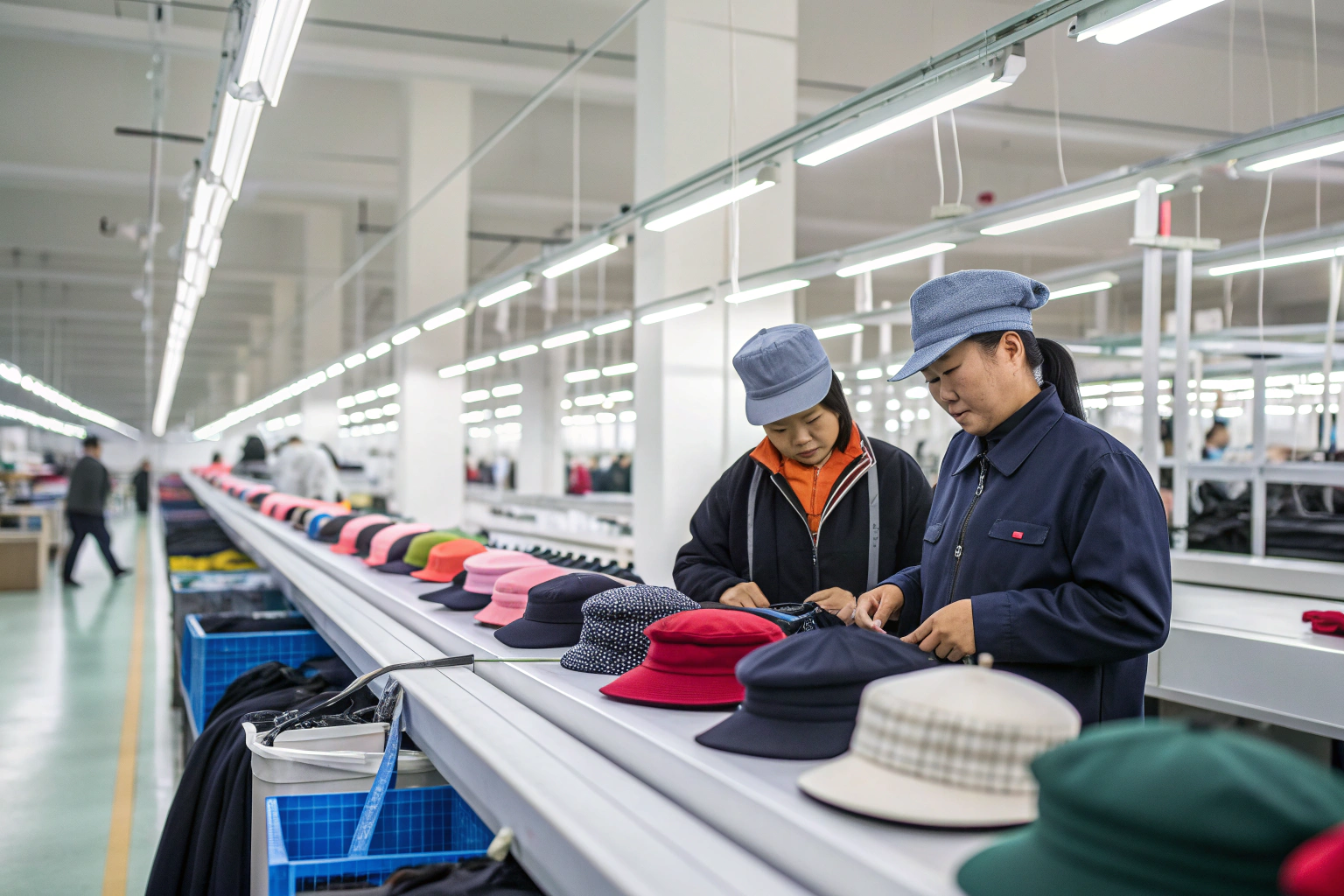I’ve worked with several heated wear suppliers over the years, and belts are one of the most technically demanding products to get right. It’s not just about warmth—it’s about consistent heat, durable wiring, safe power sources, and strong materials. If even one component is subpar, the entire product can fail.
High-quality heated belts are manufactured through precision layering, integrated heating technology, and strict quality control. These belts go through rigorous material selection, thermal regulation design, safety tests, and performance validations before reaching customers.
Let’s walk through the entire process—from raw materials to testing and final shipment—so you understand what makes a heated belt truly premium.
Quality Control in Heated Belt Production
Quality control doesn’t start at the end—it begins with the first roll of fabric and continues through every manufacturing stage. I’ve seen factories reject entire batches of wiring or fabrics just for failing a single stretch or heat test. That’s how serious this category is.
Every high-quality heated belt goes through multiple QC stages including material inspection, voltage regulation checks, temperature consistency tests, stitching strength validation, and burn-in trials.

Key Quality Control Checkpoints:
| Stage | What’s Checked |
|---|---|
| Raw Material Inspection | Fabric elasticity, skin-friendliness, wiring purity |
| Heating Pad Assembly | Uniform coil spacing, insulation layer bonding |
| Sewing/Joining | Stitch durability, heat zone alignment |
| Battery System Matching | Voltage limits, power port compatibility |
| Heat Output Testing | Temperature stability under varied conditions |
| Safety Compliance Audit | Short circuit protection, thermal shutoff features |
Certifications Often Required:
- CE, FCC, and RoHS for electronics
- ISO 9001 for manufacturing quality
- UL or ETL for heating element safety (especially in North America)
Brands that skip these steps risk inconsistent heating, short lifespan, and potential hazards.
Key Materials for Durable Heated Belts
The heart of a heated belt is the material—and not just the fabric. It’s the full stack: fabric + heating element + insulation + battery integration. I’ve handled cheap belts that burned out in weeks, and it always traced back to poor-quality wires or coating.
Top-grade heated belts are made using flexible carbon fiber heating elements, moisture-wicking outer fabrics, and internal insulation layers that retain heat while protecting the skin from hotspots.
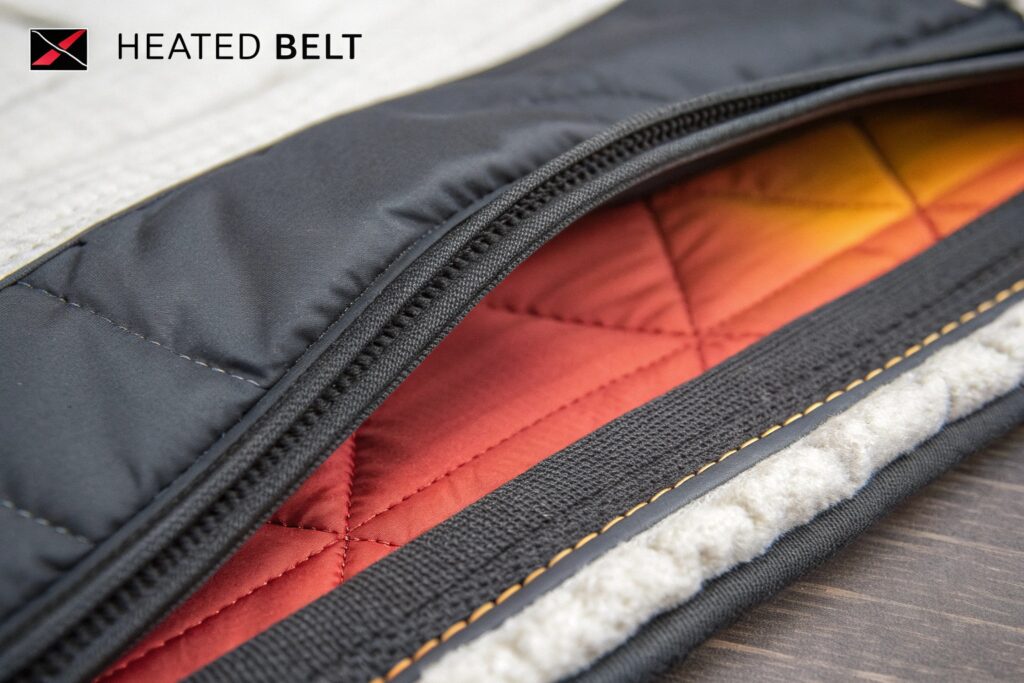
Common Components in Premium Heated Belts:
| Layer | Material Type | Function |
|---|---|---|
| Outer Shell | Polyester, spandex, or neoprene | Comfort, stretch, durability |
| Heating Element | Carbon fiber or graphene wires | Even heat distribution, flexible movement |
| Insulation Layer | EVA foam, fleece, or cotton padding | Heat retention, user comfort |
| Inner Liner | Breathable mesh or anti-microbial knit | Skin safety and airflow |
| Battery Connector/Port | USB Type-A/C, DC port | Power transfer, safety lock |
Key Material Qualities:
- High tensile strength to resist repeated bending
- Water-resistance for sweat or light moisture exposure
- Temperature-tolerant coatings to withstand high temps safely
- Non-toxic inner lining for long-term skin contact
Always look for belts that use carbon fiber heating pads rather than metal coils—more durable, safer, and flexible.
Steps in Heated Belt Manufacturing Process
When I toured a belt factory in Guangdong, I was surprised how much of the work was semi-automated. Precision cutting and heat mapping were handled by machines, but stitching and final assembly were done by hand. That balance is key.
The heated belt manufacturing process involves material cutting, heating wire embedding, insulation layering, circuit sealing, sewing, battery port installation, and multi-phase testing.

Heated Belt Production Workflow:
- Material Selection and Inspection
- Fabric and wiring rolls are inspected for defects.
- Pattern Cutting
- Laser or die-cut to specific belt dimensions.
- Heating Pad Integration
- Carbon fiber or graphene wire placed in heat zones.
- Wire Connection & Circuit Sealing
- Connect heating zones to a battery interface and seal with TPU.
- Layer Assembly
- Add insulation, liner, and outer shell; layer bonded with heat pressing.
- Sewing and Assembly
- Panels stitched with stretch-safe threads; hook-and-loop or clip closures added.
- Battery Dock Attachment
- USB port, voltage regulator, or removable battery pocket attached.
- Final Inspection & Testing
- Visual inspection, power-on test, and thermal imaging scan.
- Packaging & Labeling
- Instruction manuals, safety warnings, and battery disclaimers included.
Each step is mapped and documented—especially the heat mapping phase, where manufacturers simulate live current to measure uniformity.
Heated Belt Safety and Performance Tests
Heating elements next to your skin? Safety is not optional. The best manufacturers run dozens of tests before shipping even one unit. I’ve tested some of these myself using thermal cameras, and small issues can mean huge risks.
High-quality heated belts go through safety protocols including burn resistance, short-circuit protection, temperature consistency testing, and prolonged usage simulations.

Standard Testing Protocols:
| Test Type | What It Verifies |
|---|---|
| Thermal Imaging Test | Even heat spread, no cold or hot spots |
| Burn-in Test | Operates for 4–8 hours under load |
| Overheat Protection Check | Auto shutoff at max temperature |
| Drop Test (Battery Pack) | Ensures power module remains functional |
| Washing Test (if washable) | Retains function after mild wash cycle |
| Short-Circuit Test | Confirms circuit stability under power surges |
Thermal Output Ranges:
| Heat Level | Output Temperature (Approx.) | Use Case |
|---|---|---|
| Low Setting | 40–45°C (104–113°F) | General warmth or comfort |
| Medium Setting | 50–55°C (122–131°F) | Muscle relief |
| High Setting | 60–65°C (140–149°F) | Deep heat therapy sessions |
Tip: Look for belts with 3+ heat settings, overheat protection, and rechargeable lithium-ion packs with safety certifications.
Conclusion
Manufacturing a high-quality heated belt takes more than stitching and a wire—it takes exact materials, engineering precision, and strict testing at every stage. If you’re sourcing, selling, or designing these products, make sure your supply chain supports long-term durability, safety, and heat performance. The right belt won’t just warm the body—it’ll build brand trust, too.


